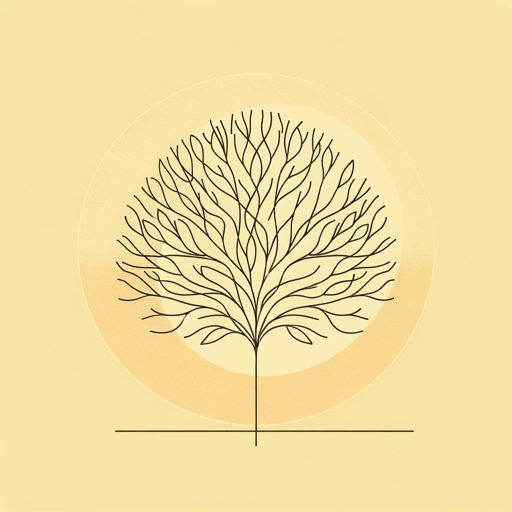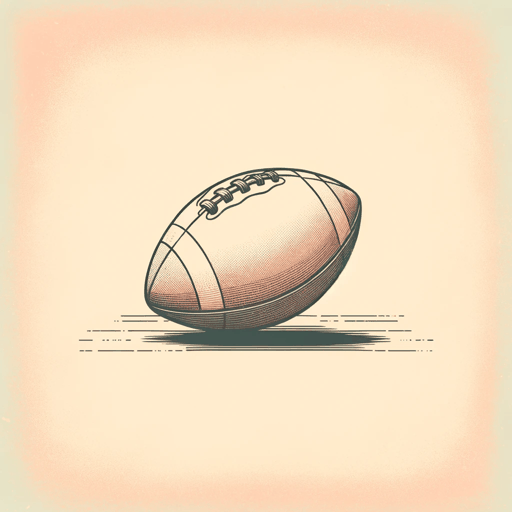49 pages • 1 hour read
Dorothy AllisonTwo or Three Things I Know for Sure
Nonfiction | Autobiography / Memoir | Adult | Published in 1995A modern alternative to SparkNotes and CliffsNotes, SuperSummary offers high-quality Study Guides with detailed chapter summaries and analysis of major themes, characters, and more.
Summary and Study Guide
Overview
Two or Three Things I Know for Sure is a 1995 memoir by American author and activist Dorothy Allison, a native of Greenville, South Carolina. A coming-of-age story that examines feminism and lesbian identity in the context of the patriarchal norms of the South, the book uses both narrative and photographs to tell the stories of the women in Allison’s family and their complex relationships with the men who both loved and abused them. Her frank and detailed account of their lives, from the perspective a young girl who experienced significant abuse and trauma, is widely praised for its unique, vivid storytelling style and its in-depth look at the dynamics of a dysfunctional yet often loving family.
Allison’s work is an important contribution to the literature of working-class, Southern, and lesbian women. A past nominee for the National Book Award for fiction for Bastard Out of Carolina (1992), Allison has been recognized multiples time by the Lambda Literary Awards.
This guide is based on the 1995 Penguin print edition of Two or Three Things I Know for Sure.
Content Warning: This memoir includes references to sexual assault of children and direct presentation of physical violence.
Overview
Allison opens by promising to tell a story. From a young age, Allison used storytelling to entertain herself and her sisters and to escape the grim reality of her life. Part of the terror of growing up where she did (in Greenville, South Carolina) was the danger of truth-telling about family relations. Allison recalls the tense conversations that arose when she tried to complete a family tree assignment given to her by her out-of-state fourth-grade teacher. Ignoring the ugly truth was a way of life in her family.
When Ruth, her mother, died, Allison was forced to confront the gaps and silences in her family history. Her inheritance from her mother was some inexpensive jewelry and a box of family photographs. These photos, interspersed with narrative pieces of varying lengths, recount Allison’s efforts to come to terms with her family’s stories. A picture of Allison’s mother shows a beautiful 15-year-old girl, already pregnant with Allison. At the time, Ruth was in a relationship that soon ended in heartbreak and abandonment. Little of this is apparent from the photo, however, as Ruth was always good at putting on a happy face—a skill she needed waiting tables at a restaurant.
Allison realizes that beauty was never an asset for Ruth or any of the other women and girls in the Gibson family. Girls and women contended with unwelcome attention, harassment, and assault from boys and men, who—despite their own wounds and difficulties—blamed the girls and women for these violations. Ruth helped young Allison understand that the disrespect toward girls and women had nothing to do with how they looked; it was a result of misogyny.
Allison then discloses that her stepfather raped her when she was five. No one wants her to keep telling her story because it makes people uncomfortable. Even Allison is uncomfortable telling it sometimes because she fears that it will present her as having a victim mentality. She keeps telling the story, however, because bearing witness is healing. Additionally, she wants to hold her stepfather and the people who still refuse to believe it to account. The beating and sexual assault stopped when Allison and Anne, her younger sister, turned on her stepfather with knives. Allison admits that she physically enjoyed the power she felt as he cowered before them; she confesses this now even though she knows it will make many uncomfortable.
Seeing what love and sex did to her family members, coupled with her own history of sexual trauma, made Allison’s understanding of her own identity difficult when she was younger. She spent years in relationships with needy women or even women who mistreated her. She tried many things—such as shooting guns, karate, and activism—to reclaim her body and desire, and some of these things helped.
In her twenties, Allison attended a karate class with another woman to force the sensei to permit women to train with the hitherto all-male group. She wasn’t particularly good at karate but persisted. Watching the confidence, beauty, and power of the sensei’s wife one day helped her leave behind her hatred of her body. As she grew more confident in her body and in claiming her identity as a lesbian woman, Allison became a skillful flirt. In telling these stories about her identity, she insists that her purpose isn’t to serve anyone’s political or cultural agenda.
Over the years, Allison had encounters that led her to examine her family’s history anew. She recalls realizing (but not being able to share) that she felt romantic love for her closest childhood friend. Allison recounts a conversation with her younger sister, Anne, in which the two women acknowledged the painful choices they made to protect themselves from their stepfather during the period when he was abusing them. Allison ends the narrative by describing her realization that becoming a mother made her more like her mother than she could ever have imagined. This epiphany came after her sister Wanda visited in the early months of her baby son’s life. That night, Allison had a dream in which she symbolically released the power of the traumatic parts of her stories to prevent them from destroying her.
Featured Collections
Books & Literature
View Collection
Books that Feature the Theme of...
View Collection
Books that Feature the Theme of...
View Collection
Family
View Collection
Feminist Reads
View Collection
Good & Evil
View Collection
LGBTQ Literature
View Collection
Loyalty & Betrayal
View Collection
Memoir
View Collection
Pride Month Reads
View Collection
Sexual Harassment & Violence
View Collection
Trust & Doubt
View Collection
Truth & Lies
View Collection
Women's Studies
View Collection


